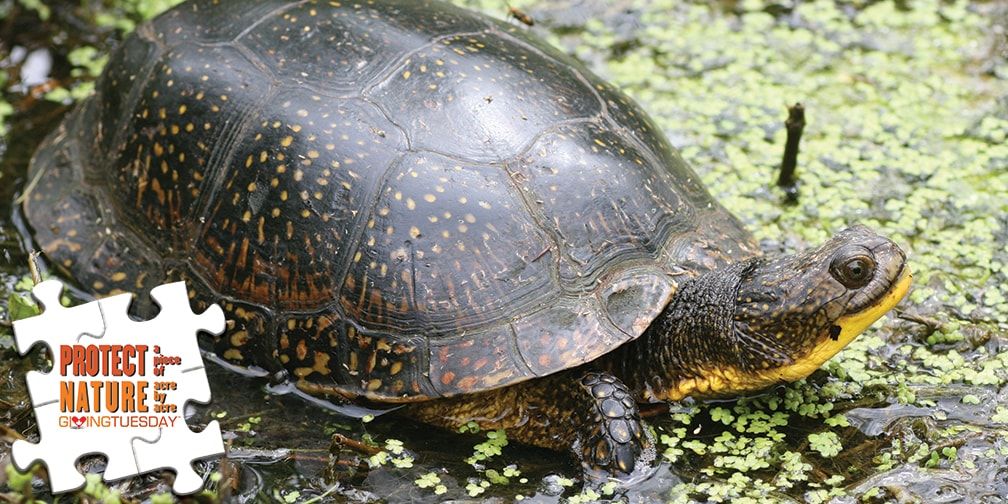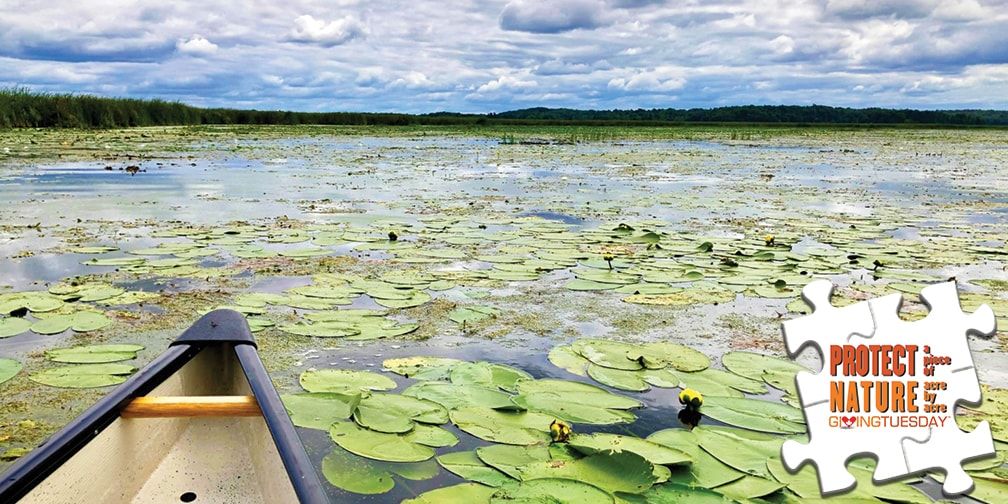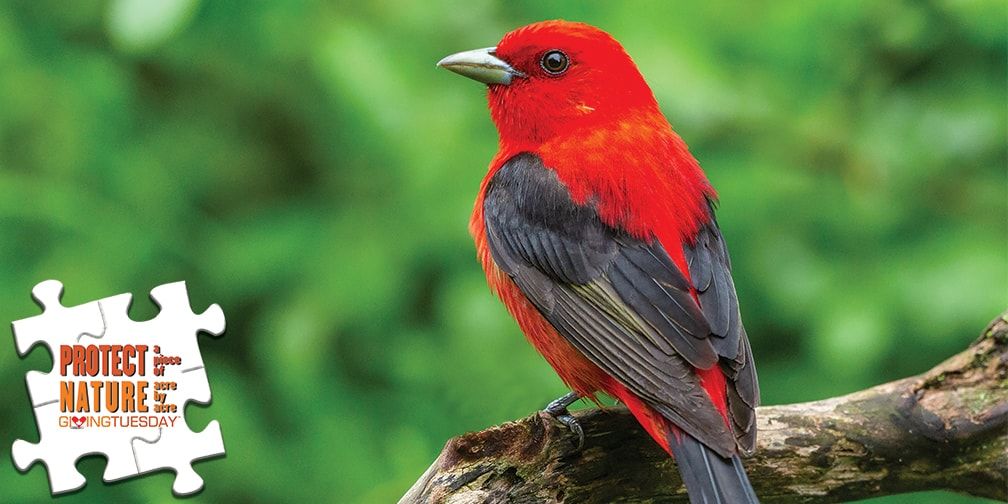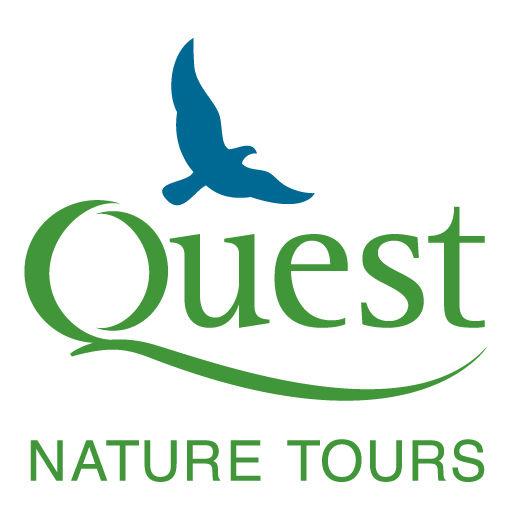Ontario Nature Blog
Receive email alerts about breaking conservation
and environmental news.
© Lora Denis
Right now, we have an incredible opportunity to protect a property totaling 360 acres of prime habitat, and to save endangered and at-risk species in the globally important Frontenac Arch area of eastern Ontario.
Here, the Canadian Shield from the Algonquin Highlands meets the Adirondack Mountains from the south, forming part of the ancient backbone of eastern North America. This landscape supports a richness of species, making it one of the most biodiverse regions in Canada. And we need your help today to protect this vital habitat.
Securing this property is critical to protecting a connected core of habitat including forest shoreline, granite ridges, rich hardwood forest, and extensive wetlands. This is a vital pathway for many species of wildlife including moose and wolves. Relatively untouched by the development that characterizes much of southern Ontario, this area represents some of the best remaining intact forest, shoreline and wetland habitat we have left.

I recently paddled along the shoreline and through the wetlands on the property and it was absolutely wonderful.
Just as we put our canoes in the water, we glimpsed a barred owl in the woods. We paddled along this glorious shoreline, turned a corner, and suddenly the distinctive and majestic granite ridges dropped down—and we were right in the middle of the vast expanse of a provincially-significant wetland surrounded by water lilies and a multitude of migrating birds.
When you’re here, you can understand why species persist here better than in other areas further west in the province where natural habitat has all but disappeared thanks to land clearance and extensive development.

This area has become a special area of refuge for species that are highly endangered everywhere else, like the cerulean warbler and gray ratsnake that are barely hanging on in southwestern Ontario.
Our initial wetland assessment shows this is a critical staging area for ducks and other waterfowl. And I could tell from an earlier visit in June that the lush forest is spectacular breeding habitat for forest interior birds. On just a short walk I spotted scarlet tanager, many wood warblers and a red-shouldered hawk. The hawk even swooped down and landed on a branch above my head!



Gananoque Lake Nature Reserve © Smera Sukumar
It sounds wonderful – expanding protection for such great habitat is important. Having a cottage in that area I am particularly interested to know more precisely where you are planning to acquire land. Is it adjacent to existing park land?
Hello Areta,
Thank you for your message. You learn more about the property and where it is located by visiting our Giving Tuesday webpage here: https://ontarionature.org/give/other-ways-to-give/giving-tuesday/
Please let us know if you have any further questions.
– The Ontario Nature team
Very inspiring! May God bless you and thank you for protecting lands and all those beautiful and innocent creatures from destruction. I am in a quest to save the green spaces on the 9th Line in Mississauga. They want to destroy habitats, remove trees and grass, and build a bunch of cementy houses and trails. I am proposing on the next meeting at City Hall to put trees by volunteers and this way create an urban forest and pollinator patches. Any idea that you could share or organisation that I could ask help to? Thank you so much! =)
This will be an exciting addition to our Frontenac Arch properties. Having been to Lost Bay and being able to see the biodiversity that exists there I am glad that ON will be able to protect this valuable asset.